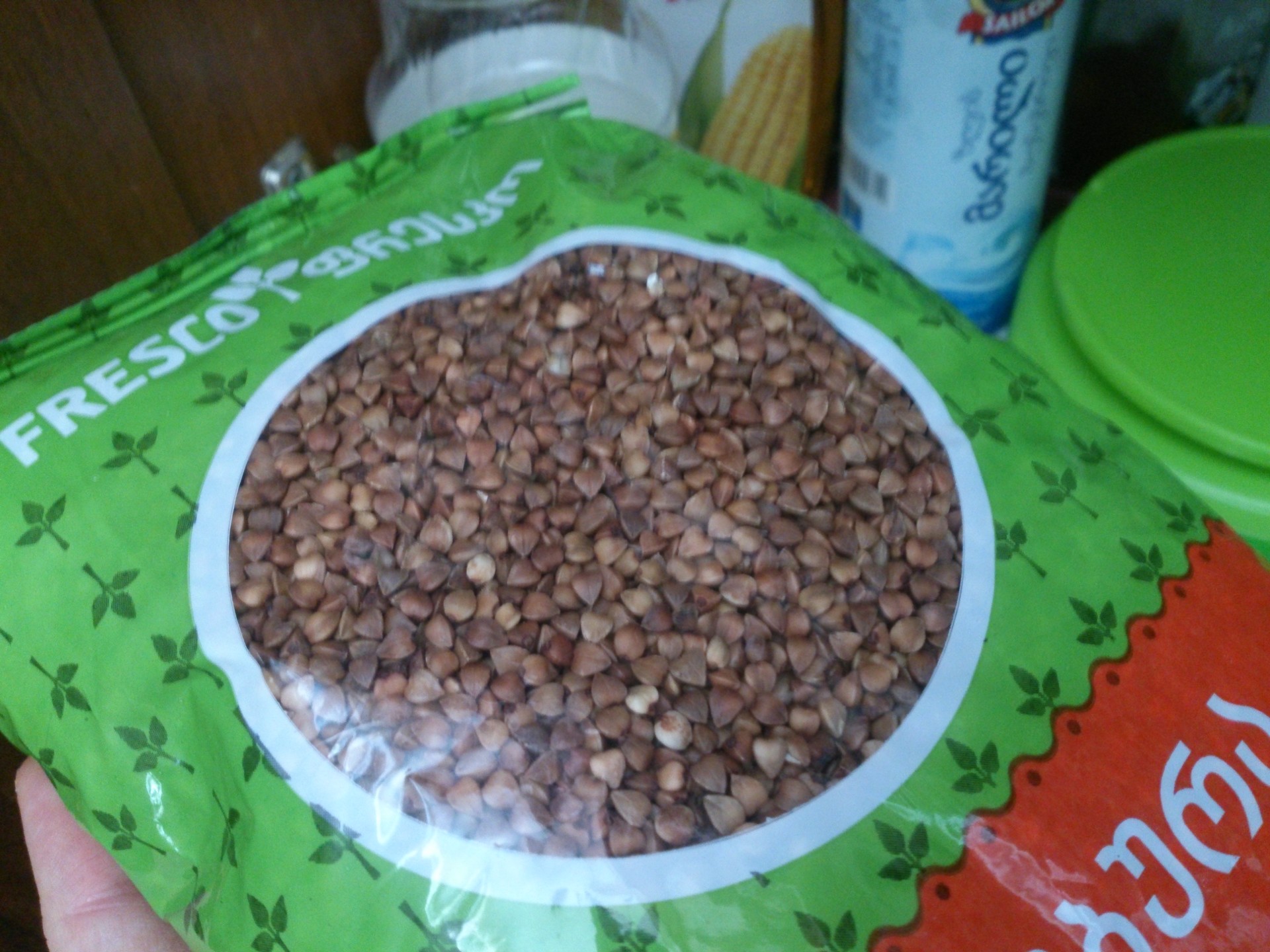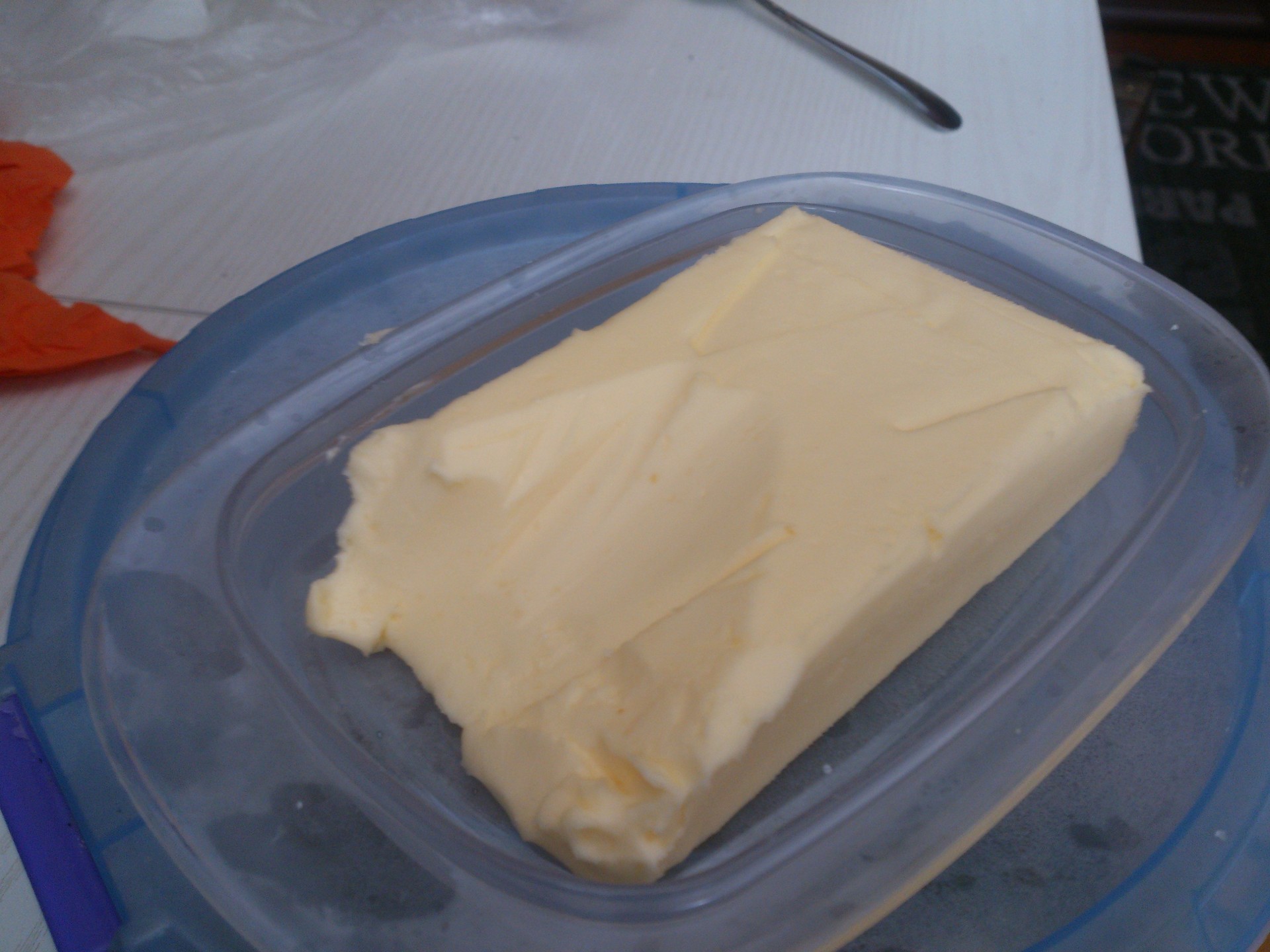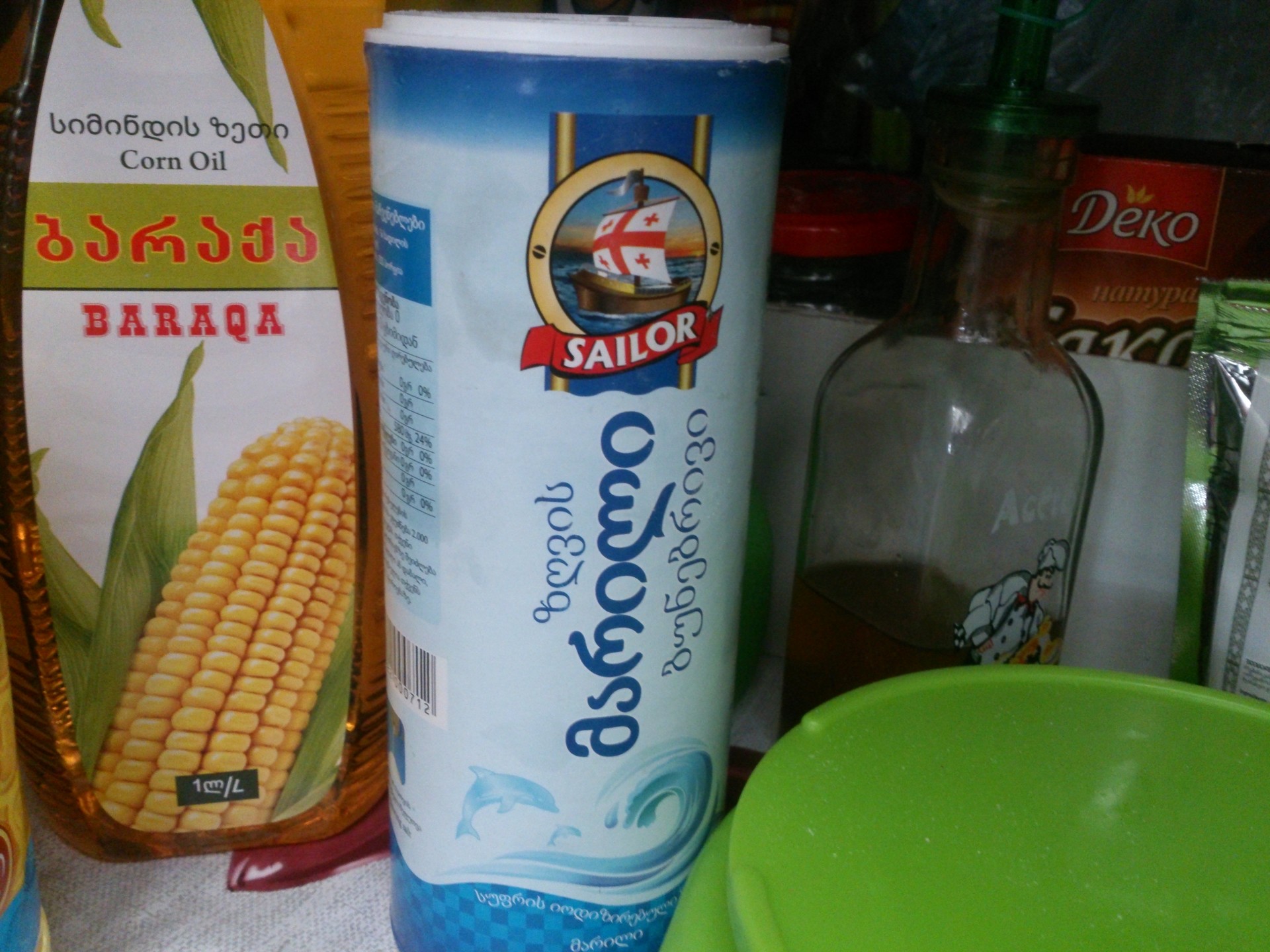Khalipapa

The introduction
Hello everyone, hope you’re having a nice day!
Today I want to share some experience with you and a recipe, too, of course. It’s my grandmother’s recipe, mainly. Well, that’s what she used to do when she wants to prepare this bulgur recipe. In Georgian they call it “Khalipapa” and I know that by this name, as everyone in my family calls the dish that. So, this particular recipe I know from my grandmother, but I guess, people in Georgia prepare this dish with this recipe and I saw some recipes in English which have the same recipe as this one that I know. However, mostly, they don’t use this recipe, I guess, because there were much trickier recipes about bulgur and how it can be prepared.
There’s another thing, too. Well, I didn’t really know that this thing was called “bulgur” and I got kind of desperate looking for the recipe in English, because if you don’t know what it’s called, how can you search the Internet about it? Then I somehow got the meaning and searched it and was really glad that I finally found something I was looking for. It was a great success for me at that moment, I guess.
Bulgur is a kind of dried cracked wheat and it's really easy to digest it. It's a kind of buckwheat, you know, but it's better, I guess. Well, to be honest, this dish is very favoured at my home. Everyone in the family loves it and there’s this thing of how to eat the dish and mainly, my grandmother prepares it, but now that I have learned how to prepare it, I do it sometimes, too, and I have made some progress in preparing it after some time, of course.
Now, if you wonder, the preparation process is very simple and the ingredients are not much, because you only need some bulgur, water, salt and you just have to boil that mixture. That’s pretty much it. However, the taste it has is just amazing and you won’t even believe that such a simple dish can be so delicious. You know, the simple things are the greatest! So, I’ll just write the ingredients and the preparation process, just in case, because I’m writing about a recipe, of course, and not about something else.

Ingredients:
- Bulgur wheat, 1 kilogramme
- Water, 2 litres
- Salt to taste.
Preparation process
How to eat bulgur wheat
Now I will tell you about our “Khalipapa” and how we eat it and stuff like that.
My grandmother prepares that dish, as I’ve mentioned that above. Then we take it to our plates and make a small hole in the middle and put some piece of butter in it. The butter melts and it’s really delicious, you know, and you can’t just resist not eating that dish.
Usually, people prepare this dish for dead people’s souls. There’s this day for dead people and they prepare the dish the day before that. However, they also prepare it whenever they want, of course.
It’s also known, that some people added some milk to Khalipapa at the end of its preparation and some salt and then when it was served, people added some butter to it if they wanted. However, trust me, this butter is just perfect for this dish and you should definitely add it to your plate. Well, some people like to add olive oil or sunflower oil instead of butter, but the butter is better, if you ask me.

Bulgur wheat just has few calories, however it has some vitamins and it’s good if you eat it. One cup of cooked bulgur wheat has just about 150 calories, so, there’s this saying in Georgian, which sounds like bulgur won’t make you feel nourished. Since bulgur is a cracked wheat, it has lots of fiber and nutrients in it and is a good dietary product. So, I think, instead of having some cornflakes or things like that in the morning, it's better if you have some cooked bulgur for breakfast, well, not every day, but from time to time it will be good. Of course, children maybe prefer their cornflakes with milk and all the other fruits and stuff, but they should eat some cracked wheat, too, as it is natural and with all its fiber and useful ingredients and stuff like that. I guess, once they taste the cracked wheat that I use to know and eat, they will like it, because I remember we just loved it as kids and why wouldn't anyone else love it, that makes no sense.
However, none knows he likes something, until he has tasted it. I remember, when my sister was very little, I had this kiwi fruit that I love very much and I was eating it and I wanted my sister to taste it, too, because if you like something, you want others to like it, too, I guess. So I suggested eating the kiwi fruit to my sister and she just kept saying "No, I don't want it", and, of course, I wondered, why she didn't want to eat the fruit. Maybe it was the colour, or maybe she just didn't want it, but how can a child not want any fruit? That's just unimaginable for me, because as a child I loved every fruit and I love every fruit even now, I guess. Well, I mean, every fruit that I have tasted so far and yet, there are so many of them that I haven't tasted! So, naturally, I asked her, why she didn't want to eat kiwi fruit, and then, after some time, she told me, that she didn't want to eat the kiwi fruit, because she didn't love it. That was pretty surprising, because I knew she hadn't tasted it ever! And I told her that and that was a pretty funny moment, if you want to know the truth. I was just bearly holding myself to not to laugh because of what she said. She was really cute telling me that, though.
Stones for cracking the wheat
So, back in those times, when there was no electricity and stuff like that, they had these large stones, which they used to crack wheat and make some flour and those stones were pretty important for every family who had wheat fields and who made some flour for themselves or for others or maybe they sold it, whatever it was, they had these stones and who didn't have it, they were forced to ask for it to their neighbours or relatives or who had these stones. I don't really remember whether there were our stones or not, but we had them and we used to crack the wheats and it was a great process for us _ children, we just loved it and we wanted to do the cracking ourselves, but of course, the stones were not that easy to handle and we weren't allowed to do anything with them. And, you know, when it's not allowed, everyone is interested in. And then we just used to roll it after the elders finished cracking the wheat and the stones were not filled with it and they were empty. That's when it was easier to roll them, of course, and we just used to roll and imitate the elders cracking the wheat.
Well, technically, there were two large stones with their surface all flat and stuff like that, and they had a hole right in the middle and there was this wooden handleinside it, which was used to roll the upper stone, I guess. They used to sprinkle the wheat in between those stones and then when it rolled, they got cracked. So, now imagine, how large and heavy those stones were!

Photo gallery
Content available in other languages
- Polski: Khalipapa
Want to have your own Erasmus blog?
If you are experiencing living abroad, you're an avid traveller or want to promote the city where you live... create your own blog and share your adventures!
I want to create my Erasmus blog! →







Comments (0 comments)